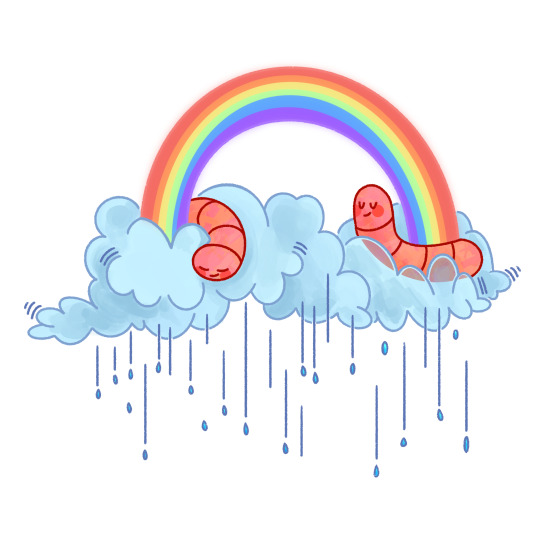Text
forbidden popcorn

sorry if u have a phobia of bugs lol
188 notes
·
View notes
Photo
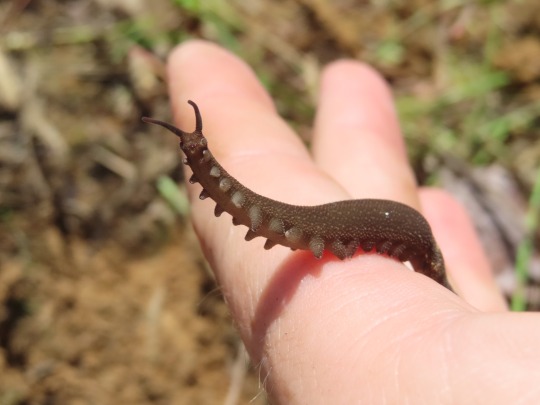

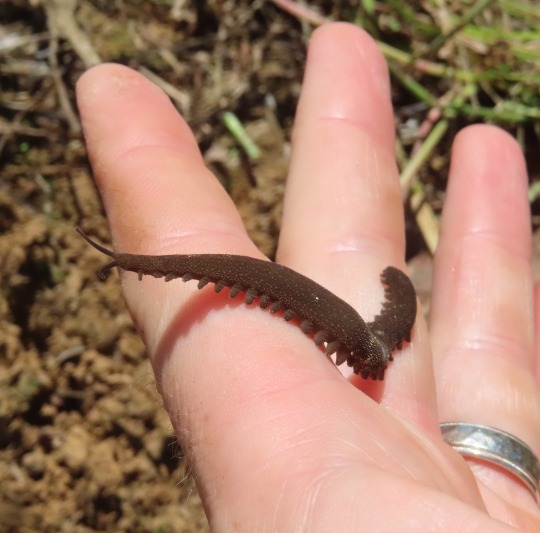
Puerto Rican velvet worm, Peripatus juanensis, Peripatidae
Photographed in Puerto Rico by wesgapp
11K notes
·
View notes
Text
BUGS / BEETLES CW 🪲
noticed a LOT of fig beetles flying around today. we just so happened to have some overripe fruit we weren’t going to eat, so I offered them some and soon enough i had quite a few eating out of my hand 🥺
4K notes
·
View notes
Text
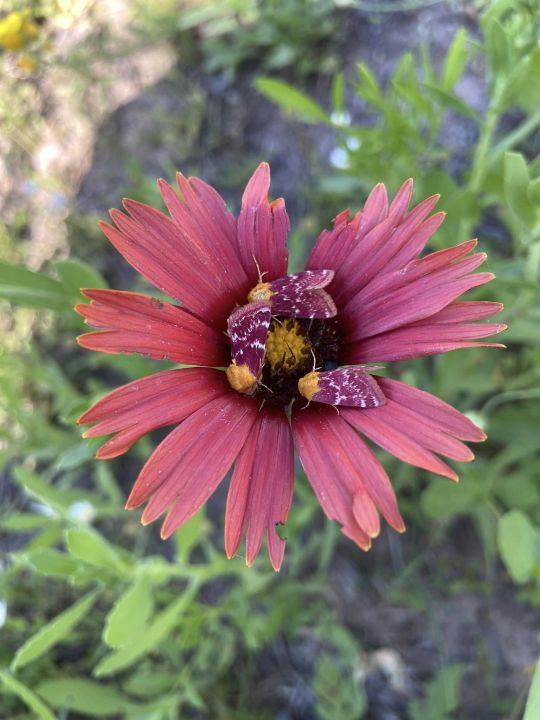
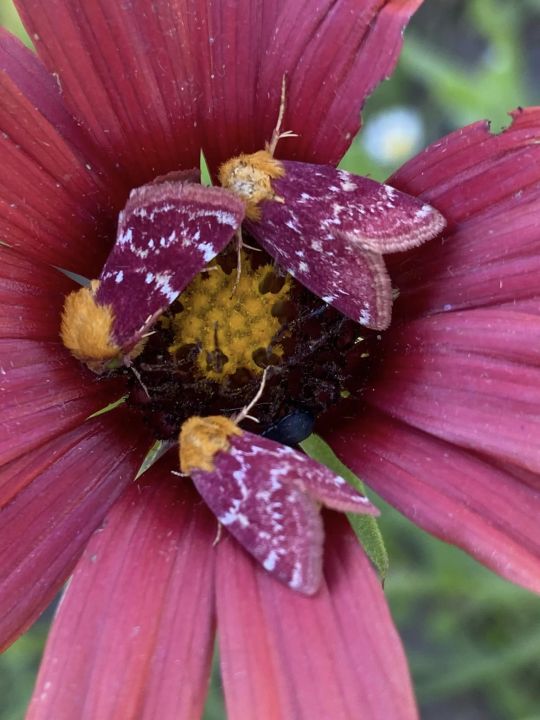
Painted Schinia Moths (Schinia volupia) feeding on Indian Blanket, family Noctuidae, East TX, USA
photographs by Craig Furr
5K notes
·
View notes
Note
I just wanted to make you aware that there's a subreddit called /weeviltime where people collectively lose their minds over weevils. It's filled with people posting pictures of weevils and gushing about how cute they are. Just seems like something that's up your alley.
I have seen it!!!
Thank you sm for thinking of me!!
5 notes
·
View notes
Text
tiny snail
if you look closely, you can see its heart beating through the shell
36 notes
·
View notes
Text




Bumblebee/humla on a flowering currant/rosenrips. Värmland, Sweden (April 20, 2020).
294 notes
·
View notes
Text


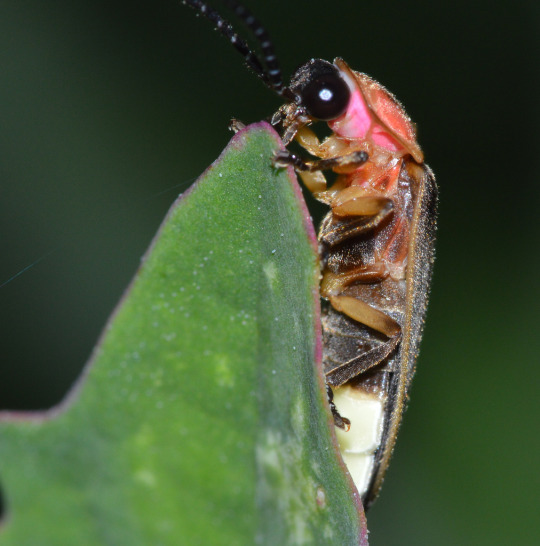
A Night Out with the Eastern Firefly
The eastern firefly, or North American firefly (Photinus pyralis), is a popular sight throughout the United States and southern Canada east of the Rocky Mountains. They are commonly associated with the beginning of summer, as they spend the winter hibernating underground and emerge only when the weather begins to warm. They are commonly seen in deciduous forests, grasslands, gardens, and backyards.
Contrary to their name, the eastern firefly is actually a type of beetle with well-developed wings. Adults are quite small, only 10-14 mm (0.39-0.55 in) long. They have a yellow and red head and a dark brown body with a narrow yellow stripe marking the outline of the wing casings. The main difference between the two sexes is the length of their wings; males have longer wings and are capable of flight, while females have shorter, less functional wings. Both sexes have a special organ on the end of their abdomens that produce light; however, the female's light tends to be weaker. The North American firefly produces its light by combining oxygen with a chemical called luciferin; the resulting chemical reaction gives off a glow which is amplified by special reflective cells in the firefly's abdomen.
Like all fireflies, P. pyralis uses its light producing ability to attract a mate. Males flash only while flying, in bursts about 6 seconds apart. Once a female signals her interest-- also by flashing-- the male lands near her and offers her a package called a spermatophore made of sperm, protein, and nutrients. If the female accepts, she inseminates herself and buries the rest of the package with her clutch of about 500 eggs. These eggs, which glow slightly during development, hatch about 4 weeks after being laid, and the larvae feed on the remains of the nutrient-rich spermatophore. The larvae can take one or two years to develop, and spend most of their time underground or near sources of fresh water like lakes and streams. Once the larva pupates and develops into an adult firefly, they only live in this stage for about a month before dying.
Both larva and adult eastern fireflies are predators, feeding on other insects like worms, snails, and other fireflies. However, larva spend almost all their time hunting for food, while adults spend the majority of their time seeking out a mate. To avoid predation, P. pyralis can emit foul-smelling odors and excretion of sticky substances; they also emit a chemical called lucibufagin that repells spiders. However, other species of fireflies will actually mimic the light patterns of the eastern firefly in order to predate upon them.
Conservation status: The North American firefly is currently considered Least Concern by the IUCN. However, they are threatened by light pollution, pesticides, and habitat loss.
Photos
Judy Gallagher
Katja Shultz
Sydney Penner via iNaturalist
139 notes
·
View notes
Photo

Broad-nosed weevil, Exophthalmus sp.?, Entiminae
Photographed in Colombia by Judy Gallagher
2K notes
·
View notes
Photo




Purple stick insect (adult female), Orthonecroscia keatsooni, Lonchodidae
Photographed in Malaysia by Nicky Bay // Website // Facebook
Shared with permission; do not remove credit or re-post!
3K notes
·
View notes
Photo


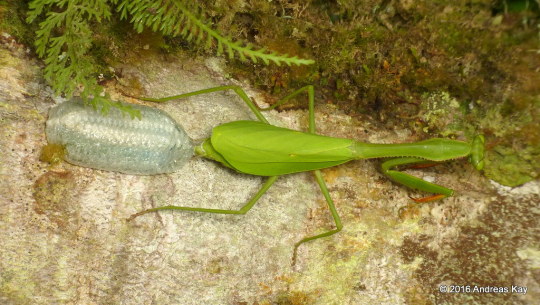
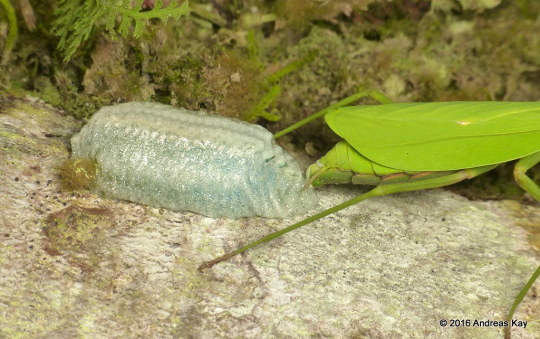
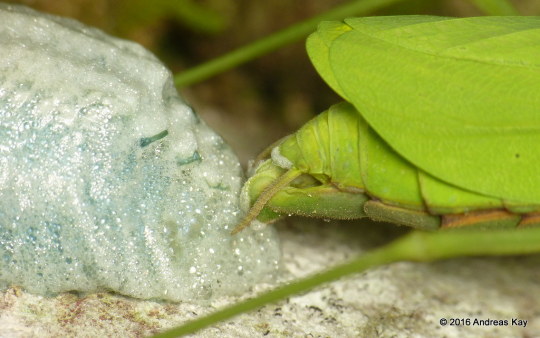
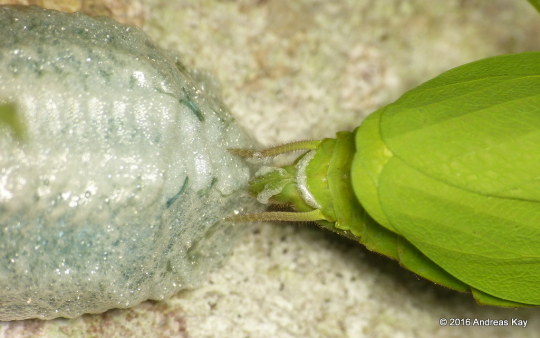
Female mantis (Cardioptera sp.) laying an ootheca (egg case)
Photographed in Ecuador by Andreas Kay
756 notes
·
View notes
Text
I’m quite fond of scarlet and turquoise together, and Edessa rufomarginata displays them both in the form of a gorgeous stinkbug!
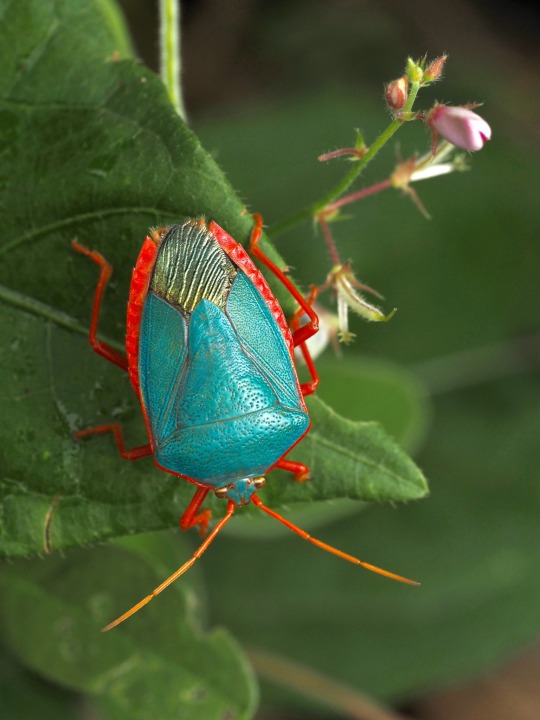
seen in Costa Rica, alongside an equally beautiful juvenile of the same species. they are quite common in this habitat but no less pretty for it!

6K notes
·
View notes
Text
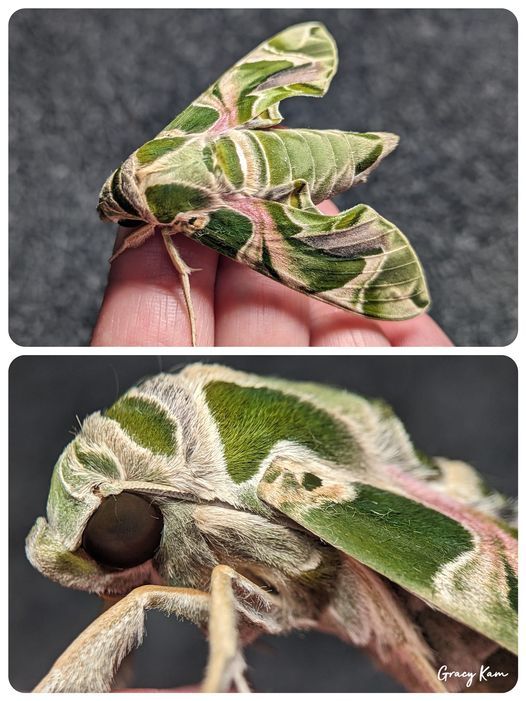
Oleander Hawk Moth (Daphnis nerii), family Sphingidae, Taiwan
photographs by Gracy Kam
3K notes
·
View notes


